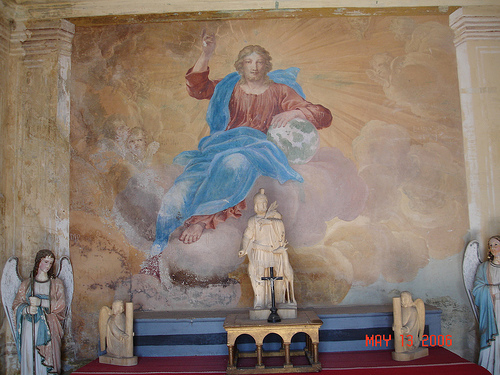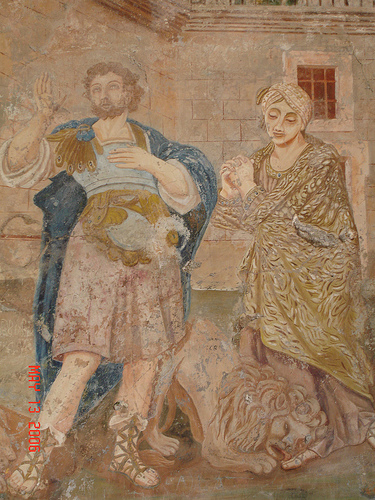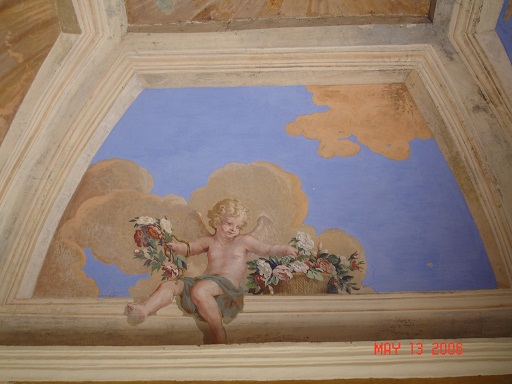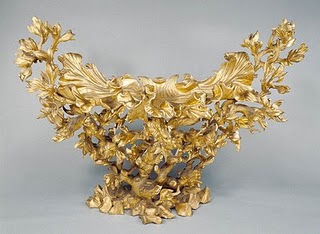<Back to Index>
- Naturalist Louis Guillaume Le Monnier, 1717
- Designer Johann Paul Schor (Giovanni Paolo Tedesco), 1615
- King of France Charles IX, 1550
PAGE SPONSOR
Born in Innsbruck, he was a member of an extended Tyrolese artistic family, who received his training in the active studio of his father, Hans Schor. In 1640 he established himself in Rome. There, in 1654, he became a member of the Accademia di San Luca, the artists' academy.
Influenced by Bernini and Pietro da Cortona, the originality of his designs and his versatility gained him a prominent position among artists, patrons and craftsmen in Rome: "he united in his work the highly expressive artistic legacies of Cortona and Bernini with a calligraphic freedom, apparently stemming from Callot and Stefano Della Bella, which at times seems to foreshadow the rococo". Under Cortona he helped decorate the Palazzo del Quirinale for Pope Alexander VII Chigi. In 1659, the pope also commissioned Schor to execute Bernini's designs for rebuilding of the Chigi family chapel (Capella della Madonna del Voto in the Duomo di Siena. In Rome, Schor assisted Bernini, in the gilt-bronze encasing of the Chair of Saint Peter Lanciani 1892), and other projects in the late 1650s and 1660s. Perhaps his most prominent undertaking was the baldacchino in Santo Spirito in Sassia.
Schor also helped decorate rooms of the Vatican and in Palazzo Borghese, where he collaborated with Carlo Rainaldi on the fountain for the nympheum in the courtyard, depicting Venus at the Bath. He supplied illusionistic quadratura suggesting sculptural enframements for ceilings at Palazzo Colonna, (1665 - 1668), where the painted subjects were provided by Giovanni Coli and Filippo Gherardi.
Limitations as a graphic artist might be suggested by the frontispiece that he provided for Athanasius Kircher's Musurgia Universalis, 1650, but there, doubtless the composition was overloaded by the allegorical program provided by Kircher himself. When working on his own, his surviving drawings show more proficiency.
In his workshop during the 1670s he employed a young Austrian draughtsman named Johann Bernhard Fischer, who returned to Vienna and a career in which he was ennobled as Fischer von Erlach, the pre-eminent Viennese practitioner of High Baroque architecture.
Johann Paul Schor died at Rome in 1674.
Schor's
sons Giovanni Paolo and Filippo continued his studio after his death.
Both of them were among the Roman artisans taken to Naples by the new
viceroy, Gasparo de Haro y Guzman, marqués del Carpio, in 1683. Among the viceroy's musicians was Alessandro Scarlatti.
Del Carpio himself had met all these artists through prince Lorenzo
Onofrio Colonna, grand constable of Naples, while del Carpio was
Spanish ambassador to the Holy See. In 1690 Cristoforo Schor made minor modifications to Martino Longhi's facade of Sant'Antonio dei Portoghesi. Johann Ferdinand Schor was a studio assistant of Carlo Maratta.



